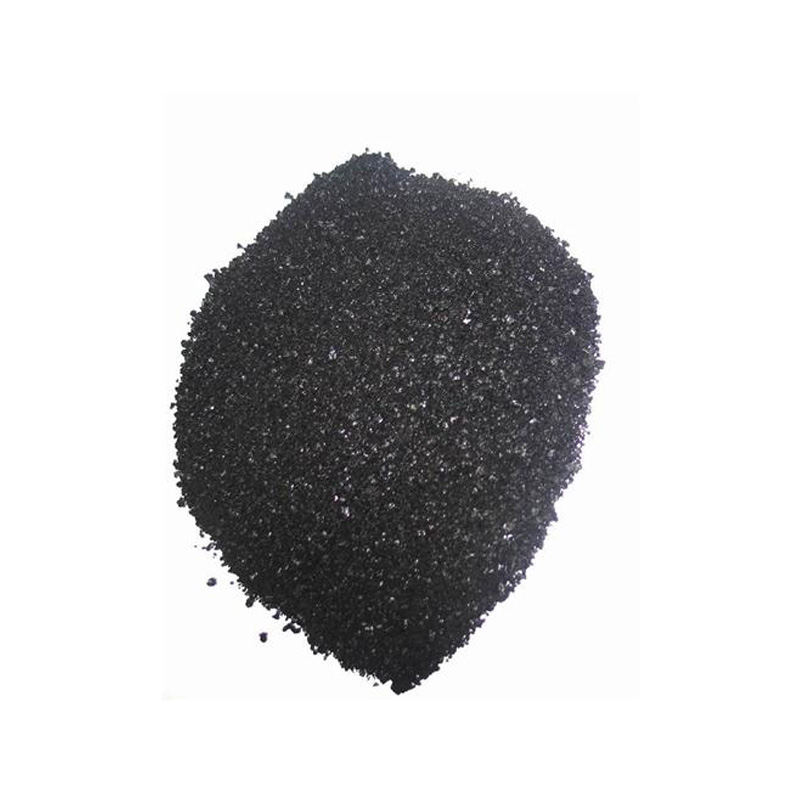light indigo color company


Indigo dye from China has secured the trust of international businesses due to rigorous quality assurance and regulated production processes. Factories are frequently inspected and supported by certification bodies ensuring adherence to environmental and safety standards. The combination of trusted materials and manufacturing practices creates a product line that buyers feel confident investing in, knowing that the processes reflect a commitment to quality and sustainability. China’s indigo dyestuff isn’t only about maintaining past traditions. New markets are emerging for indigo that extend beyond traditional fabric dyeing applications. With nano-level innovations, indigo is now used in advanced printing technologies and even integrated into other fields such as decorative arts, illustrating the dye's versatility and future potential. This adaptability ensures that the industry not only stays relevant but is poised for continued growth. The spread of digital platforms has further promoted the indigo industry, with designers and brands actively sharing their experiences and results with Chinese indigo. User-generated content, social media showcases, and online tutorials further validate the expertise and quality of Chinese indigo dye. This user engagement plays a crucial role in drawing new audiences and maintaining transparency regarding the dyeing process and its ecological impacts. In conclusion, the indigo dyestuff industry in China exemplifies a harmonious blend of tradition and innovation. By leveraging centuries-old techniques alongside modern technological advancements, the sector has cemented its status as a global leader. Combining expertise, authority, and trustworthiness, China continues to influence and supply one of the most coveted hues in the world, proving that any consideration of indigo in the textile industry is incomplete without acknowledging China’s pivotal role.
-
The Timeless Art of Denim Indigo Dye
NewsJul.01,2025
-
The Rise of Sulfur Dyed Denim
NewsJul.01,2025
-
The Rich Revival of the Best Indigo Dye
NewsJul.01,2025
-
The Enduring Strength of Sulphur Black
NewsJul.01,2025
-
The Ancient Art of Chinese Indigo Dye
NewsJul.01,2025
-
Industry Power of Indigo
NewsJul.01,2025
-
Black Sulfur is Leading the Next Wave
NewsJul.01,2025

Sulphur Black
1.Name: sulphur black; Sulfur Black; Sulphur Black 1;
2.Structure formula:
3.Molecule formula: C6H4N2O5
4.CAS No.: 1326-82-5
5.HS code: 32041911
6.Product specification:Appearance:black phosphorus flakes; black liquid

Bromo Indigo; Vat Bromo-Indigo; C.I.Vat Blue 5
1.Name: Bromo indigo; Vat bromo-indigo; C.I.Vat blue 5;
2.Structure formula:
3.Molecule formula: C16H6Br4N2O2
4.CAS No.: 2475-31-2
5.HS code: 3204151000 6.Major usage and instruction: Be mainly used to dye cotton fabrics.

Indigo Blue Vat Blue
1.Name: indigo blue,vat blue 1,
2.Structure formula:
3.Molecule formula: C16H10N2O2
4.. CAS No.: 482-89-3
5.Molecule weight: 262.62
6.HS code: 3204151000
7.Major usage and instruction: Be mainly used to dye cotton fabrics.

